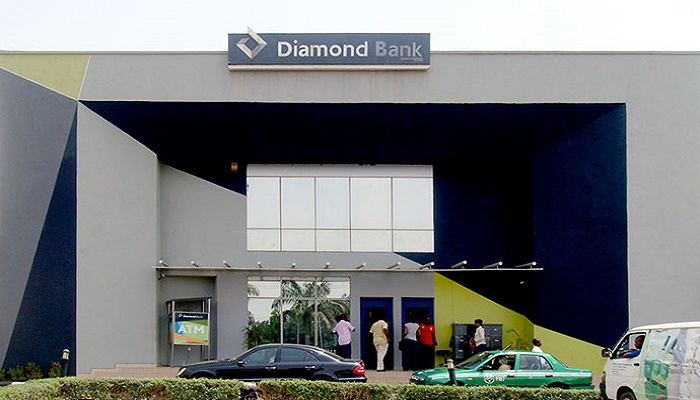Foreign investors are beginning to show interest in Nigerian banks as the combination of rising inflation, dollar scarcity and high exposure to the oil and gas have undercut assets prices.
FirstRand, South Africa’s biggest lender by value, is mulling using its shareholders capital to acquire some very cheap lenders in Nigeria.
Experts are of the view that of all the banks in the country, Tier 2 lenders are the likely buys given low efficiency levels, inadequate capital to absorb losses, very slim margins and poor assets quality.
We will focus on Diamond, Fidelity, Sterling and First City Monument Bank (FCMB) because they are trading at an average Price to Book (P/B) ratio of 0.18x while Price to Earnings ratio (P/E) ratio was 4.90x, some of them inform Nairametrics.
A lower P/B ratio means their assets are undervalued and securities are presumed to be selling below the investment’s true intrinsic value.
According to data gathered by Nairametrics, Diamond Bank’s impairment loss on credit charges as result of huge write offs was N19 billion, which significantly undermined bottom line. It has significant exposure to the oil and gas (37 percent of gross loan) while commerce sector (16 percent of gross loan).
For Fidelity Bank, its loan loss expense was N4.79 billion while its exposure to the oil and gas sector was (25.8 percent of gross loans) and to the power sector (10.5 percent of gross loans).
The recent floating of the naira took its toll on capital as capital adequacy ratio of 16.40 percent is higher than the minimum regulatory threshold of 15.0 percent.
The bank is not efficient in reducing costs to maximize profit as cost to income ratio was 74.10 percent, which means it is unable to cover any rise in cost of risk.
Sterling Bank’s impairment of assets stood at N3.60 billion while it suffered from the shock of the devaluation of the naira as capital adequacy ratio of 10.90 percent is higher than the 10 percent minimum regulatory requirement for banks without foreign subsidiaries.
The lender’s exposure to the oil and gas was 40 percent of gross loan, while cost to income ratio was 76 percent, a drain on profitability.
FCMB’s impairment loss on financial asset was N13.48 billion. Its exposure to the oil and gas was (22.20 percent of gross loan) while its exposure to construction (40 percent of gross loan); the bank attributed the huge Non Performing Loans (NPL) to delay in payment of government contracts.
Cost to income ratio stood at 52.40 percent, which is fair compared to its peer rivals.
The aforementioned analysis shows that this is the best time to buy the stocks of lower banks as stock price are cheap given their susceptibility to macroeconomic headwinds caused by scarcity of dollars that a devaluation of the naira hasn’t corrected.
Apart from First Bank, the largest lender by assets, all Tier 1 banks are resilient given their favourable asset quality and strong return on assets. Even though Zenith Bank struggles to break free from its resistance level of N16.
Nigerian banks have come under pressure in recent months after the central bank suspended nine of them from foreign exchange transactions for failing to remit money owed to the government.
A recent report by the apex bank shows industry bad loans in the system are spiking as NPLs has risen to 11.70 percent as at the end of June as against 5.30 percent the previous year.
Bloomberg also recently released a report declaring that Nigerian Banks are experiencing a “full blown crisis”.
